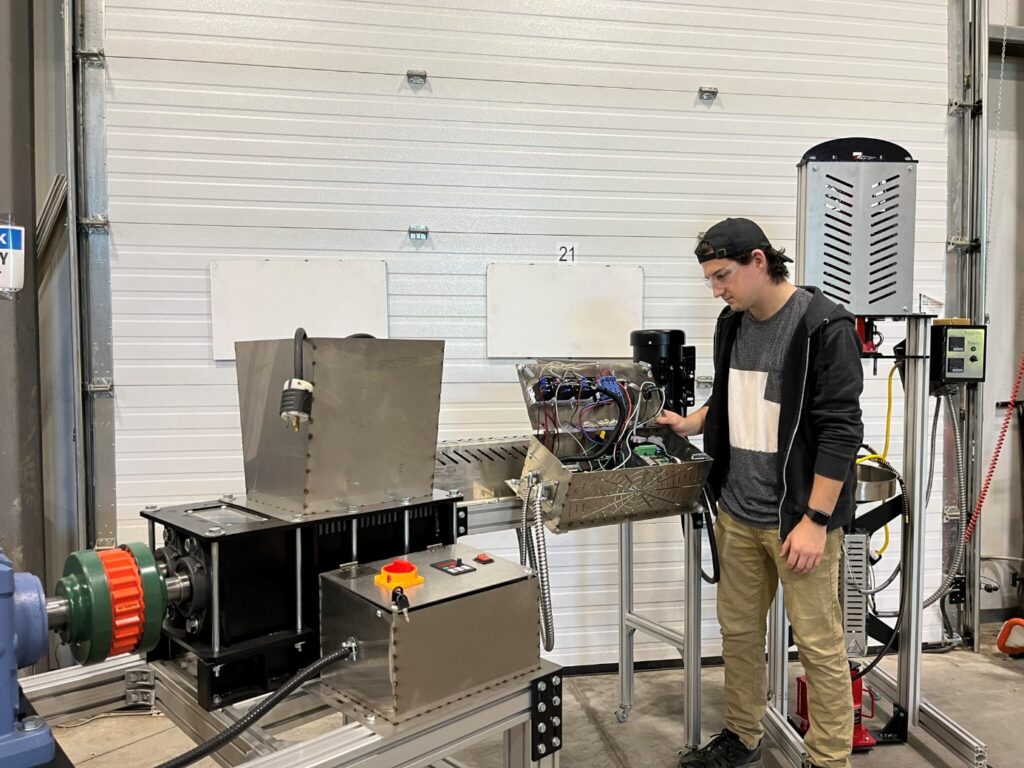The PLCs or Programmable Logic Controllers is widely used across industries for controlling the manufacturing process including robotic devices and assembly lines. These machines can control the automated processes in the harshest of the environment. It is important to undertake the maintenance schedule for these machines regularly. Certain preventive maintenance tips and methods ensure that there are no fault occurrences and the system does not malfunction unexpectedly. Preventive maintenance has the greatest significance in a harsh environment, as the PLC is more prone to damages and faults in these conditions.
What is preventive maintenance?
Preventive maintenance is the routine inspection, servicing, and repair of equipment or systems to prevent unexpected failures and extend their lifespan. It involves scheduled tasks like cleaning, lubrication, adjustments, and part replacements to ensure optimal performance and safety. By addressing issues before they become major problems, preventive maintenance helps reduce downtime, improve reliability, and lower long-term operational costs.
Types of preventive maintenance
Types of preventive maintenance include time-based, usage-based, predictive, and condition-based maintenance. Time-based involves regular intervals (e.g., monthly), while usage-based depends on operating hours or cycles. Predictive maintenance uses data and sensors to forecast failures, and condition-based maintenance relies on real-time monitoring of equipment conditions. Each type helps ensure equipment runs efficiently and minimizes unexpected breakdowns.
Importance of Preventive Maintenance for PLCs
Preventive maintenance for PLCs is essential to avoid unexpected system failures and production downtime. Regular inspections, cleaning, and software updates help detect issues early, ensuring reliable and efficient operation. It extends the life of the PLC, maintains control system accuracy, and reduces repair costs. Consistent maintenance also enhances safety and supports smooth industrial automation processes, minimizing disruptions and improving overall productivity.
Preventive Maintenance for PLC
Some of the aspects and tasks related to the preventive maintenance for a PLC are described below.
-
Backup the PLC program
Up-to-date and routine backup can only be ensured when you save or back-up a copy of your PLC program during its routine maintenance. The PLC may sometimes become inoperable and in these conditions, you will have to replace it. The backup file can be easily downloaded on the new PLC panels so that you get all the information and data.
-
Checking the LED indicators
To ensure that the battery is in a good condition, you have to check the LED indicators of the battery and power. If you find that the light is flickering, it’s time to change the battery.
Also Read: The Functionality And Benefits Of PLC Control System And Panel
-
Checking the operating environment
PLC panels have to operate in a given set of environmental conditions. You should check the humidity temperature and other environmental aspects and ensure that they satisfy the PLC operational conditions. Ensure that there is good air flow or proper ventilation within the cabinet and clean the filters for the air to flow freely.
-
Checking the voltage
The voltage should be within the range of operation and there shouldn’t be any “brownouts” or the power spikes, which can damage the components.
-
Inspect the components
Inspect the components for the damage or wear. You should see for the warped, distorted or discoloured cases and should check for the presence of any burnt odours.
-
Clear the dust and debris
Dust can harm the CPU as well as the input/output system as they are not dustproof, and therefore clean all the dust. Proper dissipation of heat is important and hence look for any obstructions to it and ensure there is adequate space for the heat to be dissipated to the surroundings.
Also Read: Why You Should Prefer PLC Control Panel In Certain Scenarios
Also, ensure that you have a ready inventory for the replacement parts and have good quality connections for the process to be reliable.
Best Practices for Long-Term PLC Maintenance
Best practices for long-term PLC maintenance include regular inspection of wiring and connections, cleaning to prevent dust buildup, and updating firmware and software. Backing up programs and documenting changes ensures quick recovery during failures. Monitoring environmental conditions like temperature and humidity helps prevent damage. Training personnel and scheduling routine checks contribute to reliable performance, extended lifespan, and reduced downtime of PLC systems.
When should I use preventive maintenance?
Preventive maintenance should be used when equipment is critical for operations and downtime would be costly or disruptive. It’s ideal for systems that show wear overtime, such as motors, PLCs, or HVAC units. Implement it on a regular schedule or based on usage hours to catch issues early, extend equipment life, improve efficiency, and reduce unexpected failures and repair costs.

Advantages of preventive maintenance
Preventive maintenance offers several advantages, including reduced equipment downtime, fewer unexpected failures, and lower repair costs. It extends the lifespan of machinery, improves safety, and ensures consistent performance. Regular maintenance helps identify and fix issues early, minimizing disruptions and enhancing productivity. Additionally, it supports compliance with industry regulations and can lead to long-term cost savings by avoiding major breakdowns and emergency repairs.
Challenges of preventive maintenance
Challenges of preventive maintenance include the time and resources required to perform regular checks, especially in busy operations. Scheduling downtime for maintenance can disrupt production. It may also lead to unnecessary servicing if intervals are not optimized. Additionally, tracking maintenance schedules and training staff can be complex. Without proper planning and data, preventive maintenance may become inefficient or overly costly.
Conclusion
Preventive maintenance is a proactive approach that enhances equipment reliability, reduces unexpected failures, and lowers long-term costs. While it requires planning and resources, the benefits far outweigh the challenges. By implementing effective preventive maintenance practices, businesses can improve safety, extend equipment lifespan, and maintain smooth operations. A well-structured maintenance program is essential for long-term efficiency and operational success.

